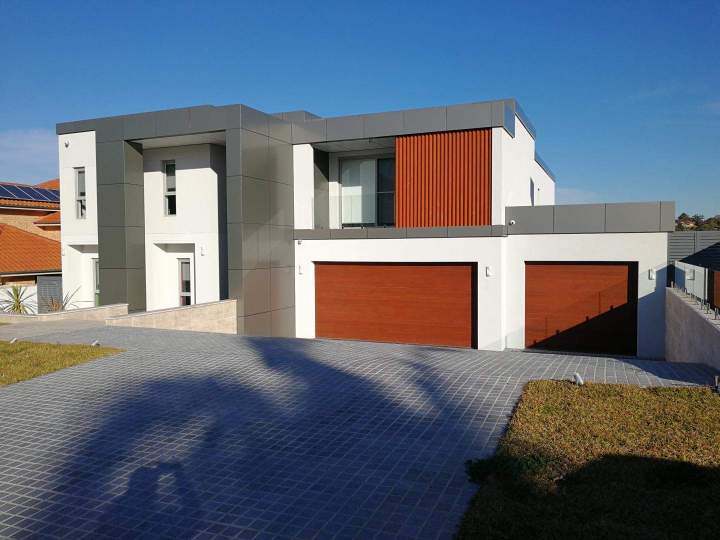What Thicknesses Of Alucobond Panels Are Available And When To Use Each?

Alucobond panels are available in various thicknesses, each suited for different applications based on structural requirements, budget, and design. The correct thickness ensures optimal performance, durability, and a flawless finish for your project.
Common Thicknesses and Their Applications
The most common thicknesses for Alucobond panels are 3mm, 4mm, and 6mm, each designed for specific uses. 3mm panels are typically used for interior applications or signage. Because they are lighter and more flexible, they are perfect for wall linings, column covers, and displays where structural rigidity and resistance to wind load are not a concern. Their reduced weight also makes them easier to handle and install, which can be a significant advantage for indoor projects. 4mm panels are the industry standard for most exterior cladding and facade applications.
This thickness provides an excellent balance of rigidity, durability, and a lightweight profile. It is strong enough to withstand wind loads and impacts without warping, and it is compatible with a wide range of installation systems, including rainscreen and dry-reveal systems. The 4mm thickness is the most versatile and cost-effective choice for both low-rise and high-rise buildings. TD Cladding Supplies Pty Ltd recommends this thickness for most commercial and residential exterior projects, as it offers superior performance for a reasonable cost.
The Role of 6mm Panels and Key Considerations
While less common than the 4mm standard, 6mm Alucobond panels are available for projects that require enhanced rigidity and performance. These thicker panels are typically used in large-scale exterior applications, particularly in areas with extremely high wind loads or for panels that are exceptionally large and require extra structural support. The increased thickness provides a marginal stiffness advantage and is sometimes specified for projects where a higher level of impact resistance is needed. However, it's important to note that the added rigidity comes at a cost; 6mm panels are heavier, which can increase transportation and installation costs. They may also be more challenging to fabricate.
When choosing a thickness, it's not just about the panel itself but about the entire system. The choice should be based on a comprehensive assessment of the project, including local building codes, expected weather conditions, and the specific installation method. A professional consultation is crucial to ensure that the chosen panel thickness, along with the correct substructure and fastening system, provides the required performance. The experts at TD Cladding Supplies Pty Ltd can provide tailored advice and a full range of products to help you make an informed decision that ensures the longevity and safety of your building facade.